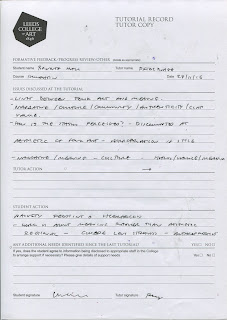pg 14 - 'The appeal of folk, of the amateur or non-artist, may be that they come with a very unique skill set rooted in a vocational knowledge that influences a particular visual language'
pg 15 - 'shop signs and their symbols descended from heraldry or history...
...These oversized objects as signs pre-dated numbered addresses and would have acted as a kind of shorthand understood by the illiterate or the traveller'
Shop signs
pg 15 - 'But the folk painter is interested in more than just symbols...he is very much a storyteller, not averse to embellishing his picture with an accompanying text or short story to set the scene, or a rhyme that might give the viewer a smile'
'(Referring to the Tate exhibition)...This is an exhibition of strange and exquisite objects, and though we may not know the name of every maker, all were created by individuals'
'At a time when 3D printing can manufacture guns or replicate machines with moving parts, the reminder of the hand-made object, with its brilliant imperfections and anomalies, is a thing to celebrate'
Fred Mizen with the Lion and the Unicorn
from the Festival of Britain 1951





















